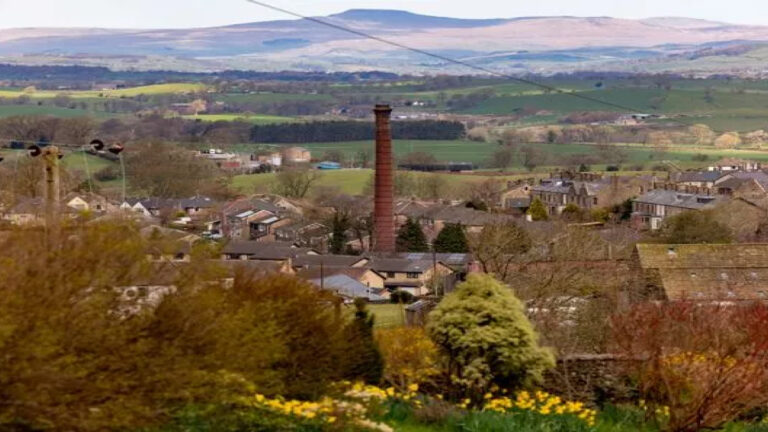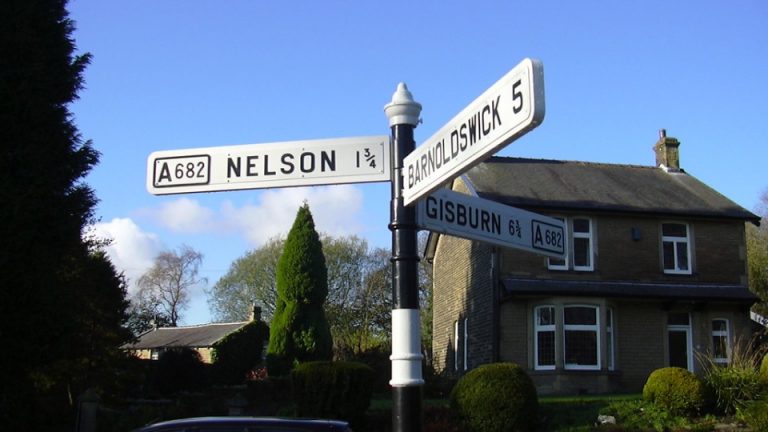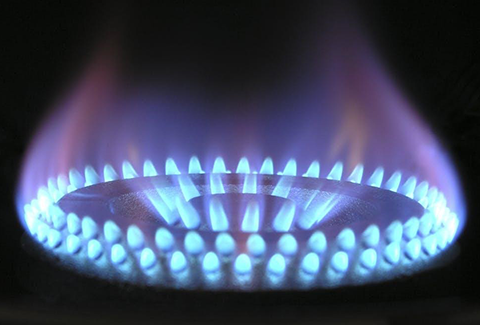
Carbon monoxide, or CO, is a colourless, odourless gas which is produced as a byproduct of incomplete burning of certain fuels which contain carbon.
Figures from the NHS state that there are around 60 deaths from Carbon monoxide poisoning every year in the UK, and in addition to that figure a much greater number suffer from severe but non-fatal effects of carbon monoxide poisoning.
How does Carbon Monoxide build-up in the home?
Any kind of combustion in an area of the home that isn’t well ventilated can result in the accumulation of CO. Appliances like boilers, cookers, central heating, open fires, running machinery indoors like generators or car engines, even smoking tobacco can all result in a build-up of this poisonous gas.
The Symptoms of Carbon Monoxide Poisoning
At low levels, the signs of a carbon monoxide build-up are similar to flu, cold or even food poisoning. You might start to experience nausea, headache, dizziness, or stomach and chest pain. If the carbon monoxide begins to build up to higher levels then these symptoms will intensify leading disorientation, confusion, loss of consciousness and eventually death.
If your property has poor ventilation then these symptoms can all occur in a relatively short time, and cases have been reported of this happening during the night when people are sleeping. When it comes to Carbon Monoxide Poisoning, prevention is very much the best cure.
What’s the government advice to prevent a Carbon Monoxide build-up?
- Buy and install a Carbon Monoxide Alarm, check it regularly to make sure the batteries are working.
- Service your appliances regularly, especially your gas cooker, boiler, and central heating system.
- If you live in rented accommodation, then it is your landlord’s responsibility to service and maintain any appliances in the house.
- Make sure you have good ventilation in the property, especially in rooms with fires and stoves. If you have a chimney, make sure it’s swept once a year.
- CO may be colourless and odourless, but we can still be aware of the symptoms of Carbon Monoxide poisoning. If you spot the signs and act fast, you could save someone’s life.
The best advice, above all, is if in doubt get a professional in to check your appliances over. You should look for a “Gas Safe” registered engineer. The Gas Safe Register replaced the old Corgi register in 2009. If you visit their website, you can easily search for an engineer in your area.





